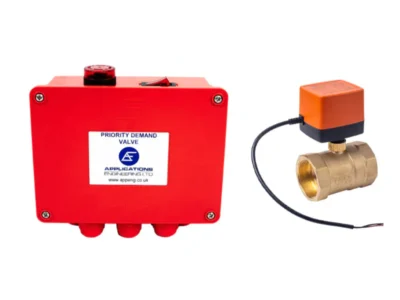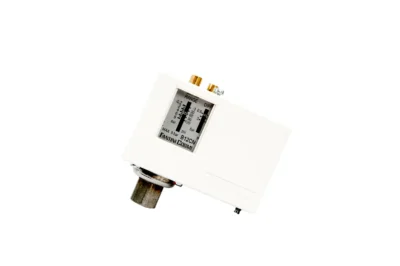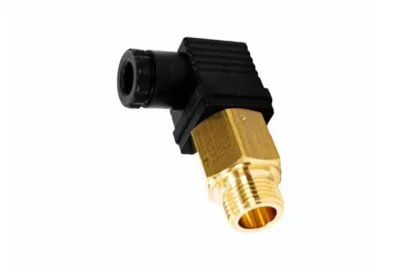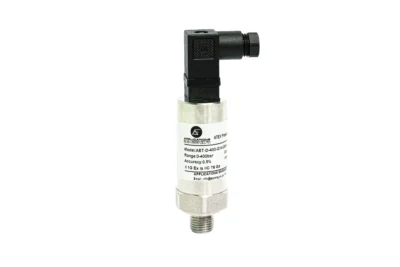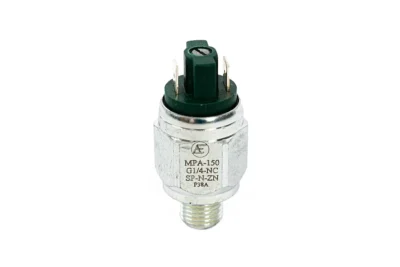Even if you have never heard of flow switches, you will certainly have been affected by them in your day-to-day life. They are a highly important component in many mechanical and industrial devices, as well as those in the home.
If you need help in buying or changing a flow switch, you will certainly need professional advice – however, it is definitely worth understanding what they are and how they work. Here we present some details about flow switches and how they affect your life.
What is meant by the term ‘flow’?
In order to have an understanding of flow switches, we first need to understand what is meant by the term ‘flow’. In this context, flow is the movement of a current of a liquid, a gas, or steam.
What is a flow switch?
A flow switch is a device that is used to measure, monitor, and work in response to changes in the flow of liquid, gas, or steam. Flow switches are typically an important part of a larger piece of equipment, and they are used to send a trip signal to inform another part of the system about the change or occurrence of flow.
A good example is in a pump, where the flow switch is able to tell whether the pump is on or off. The flow switch is simple but it has a wide range of uses across extremely complex devices which could not work without them. Also known by the terms ‘sail switch’ and ‘vane switch’, they have a paddle which is moved by the current of liquid, gas, or steam.
What are flow switches used for?
Flow switches are found in a very broad variety of devices, measuring the level of flow as a function of something bigger. In all examples, they work by detecting an occurrence or a stoppage of flow, being able to react when flow reaches a certain level.
For example, they might work as a monitoring device setting off an alarm when flow drops below a certain level, and then turning that alarm off again when it is restored.
If you would like to learn more about flow switches and their range of uses and applications, get in contact with the experienced team at Applications Engineering today.
Share This Post
